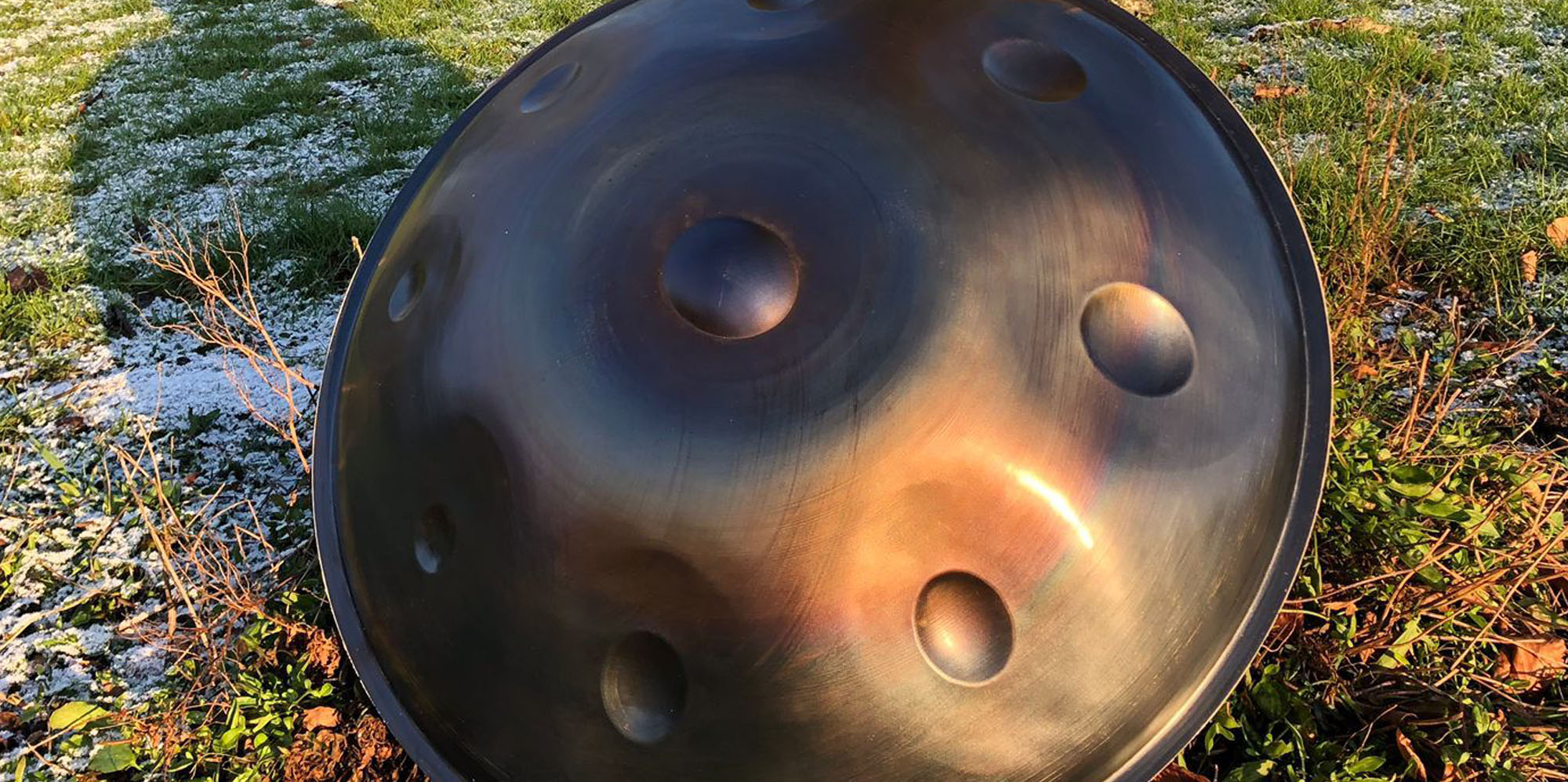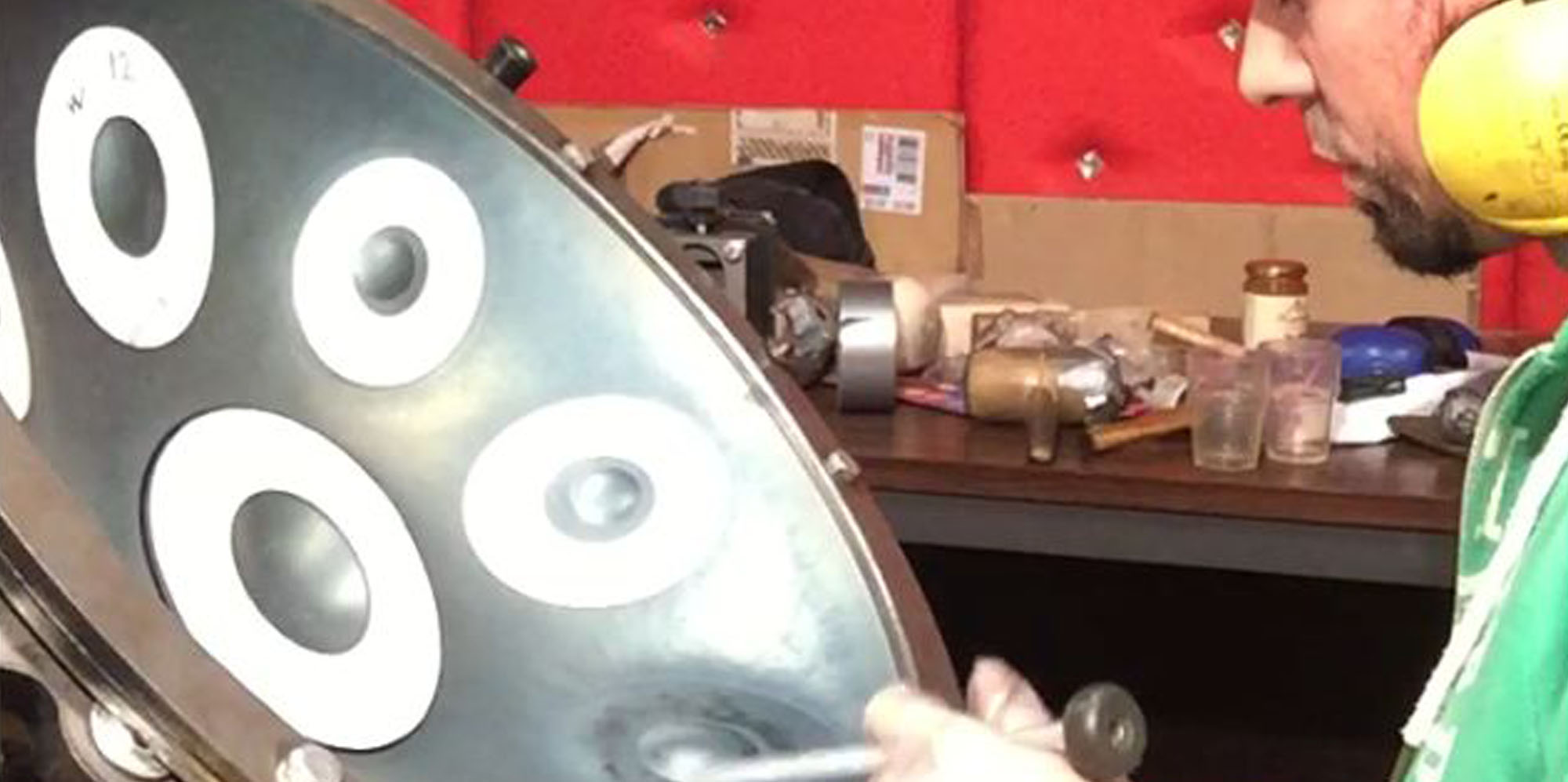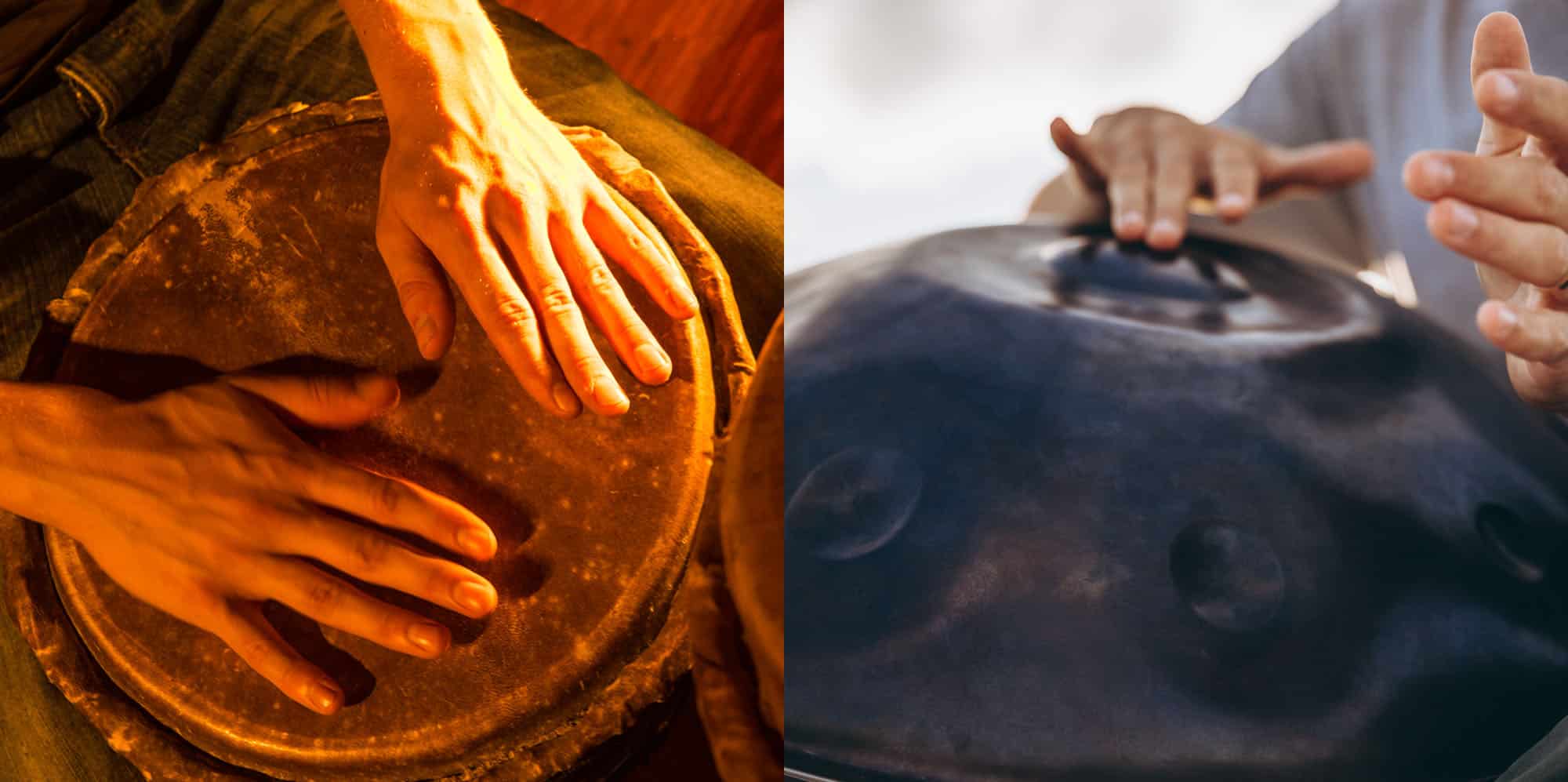Here are some basic do’s and don’ts when you want to learn the basics of playing the handpan:
Do’s
- Do practice regularly and consistently. Set aside a specific time each day to practice, and stick to that schedule.
- Do start by learning the basics of handpan playing, such as how to hold the instrument, how to strike the notes, and how to create different sounds and rhythms.
- Do listen to and study the music of other handpan players. This will give you a better understanding of the different sounds and rhythms that can be created on the instrument, and will also help you to develop your own playing style.
- Do experiment with different techniques and sounds on the handpan. The more you play and experiment, the more you will understand the capabilities of the instrument and the better you will get.
- Do take care of your handpan and keep it in tune. A properly maintained handpan will produce better sound and will be more enjoyable to play.
Don’ts
- Don’t hit the notes too hard. Use a light and relaxed touch when striking the notes to create a warmer and more rounded sound.
- Don’t play on an out of tune handpan. It will make it harder to produce good sound and will make learning more frustrating.
- Don’t neglect to practice. It’s important to practice consistently to make progress and improve.
- Don’t compare yourself to others. Progress can be slow and different for everyone, focus on your own progress and improvement.
- Don’t give up too easily. Learning to play the handpan takes time and practice, so be patient and persistent.
By following these do’s and don’ts, you will be well on your way to becoming a skilled handpan player. Remember to always enjoy the process and don’t be too hard on yourself.
Some other techniques to start playing around with are:
- Playing the Rim: Playing the rim of the handpan is a simple technique that can add a lot of expression to your playing. To play the rim, use the fingers or the knuckles of your hand and strike the outer edge of the handpan. The rim produces a softer and more muted sound than striking the notes. To practice this technique, start by striking the rim of the handpan with your index finger, then try using different fingers and see how the sound changes. You can also experiment with different striking positions on the rim to create different sounds.
- Playing with Alternating Hands: This technique involves playing notes with one hand and then quickly switching to the other hand. This can create a fast and lively rhythm that can add a lot of energy to your playing. To practice this technique, start by playing a note with your right hand and then quickly switch to your left hand to play the next note. Keep alternating between hands and try to keep the rhythm steady. As you get more comfortable with this technique, you can try playing more complex rhythms.
- Playing with dynamics: Playing with dynamics involves striking the notes with different levels of force. This can add expressiveness and emotion to your playing. To practice this technique, start by striking a note softly and then gradually increase the volume. Then, strike the same note loudly and gradually decrease the volume. Remember to use your whole arm to strike the notes and use your shoulder to generate power. It’s also important to be aware of the dynamic range of the handpan and to use it to its full potential. Experiment with different dynamics and try to incorporate it into your playing, it will make your playing more expressive and emotive.
These three techniques are simple but powerful, and when combined with other techniques, can help you create a wide range of sounds and styles on the handpan. Remember to practice regularly and be patient, as it takes time to master any technique.
Some more advanced handpan playing techniques to practice are:
- Mute technique: The mute technique is a way to create a muted or dampened sound on the handpan. This technique is achieved by lightly pressing the finger onto the note immediately after striking it. This can be used to create a more percussive sound or to change the tone of a note. To practice the mute technique, start by striking a note with your finger and then immediately press down on the note with the same finger. This will stop the sound of the note and create a muted sound. You can also try using different fingers to mute the notes for variations in sound.
- Damping technique: The damping technique is similar to the mute technique, but it is used to stop the sound of a note completely. This technique can be used to create a staccato effect or to change the rhythm of a piece. To practice the damping technique, start by striking a note with your finger and then immediately place the same finger on the note to stop the sound. You can also try using different fingers to dampen the notes for variations in sound.
It’s important to practice these techniques consistently and with patience, as it takes time to develop control and mastery over them. Remember to also practice with different combinations of notes, and try to incorporate these techniques into your playing to create a more diverse range of sounds and styles.





